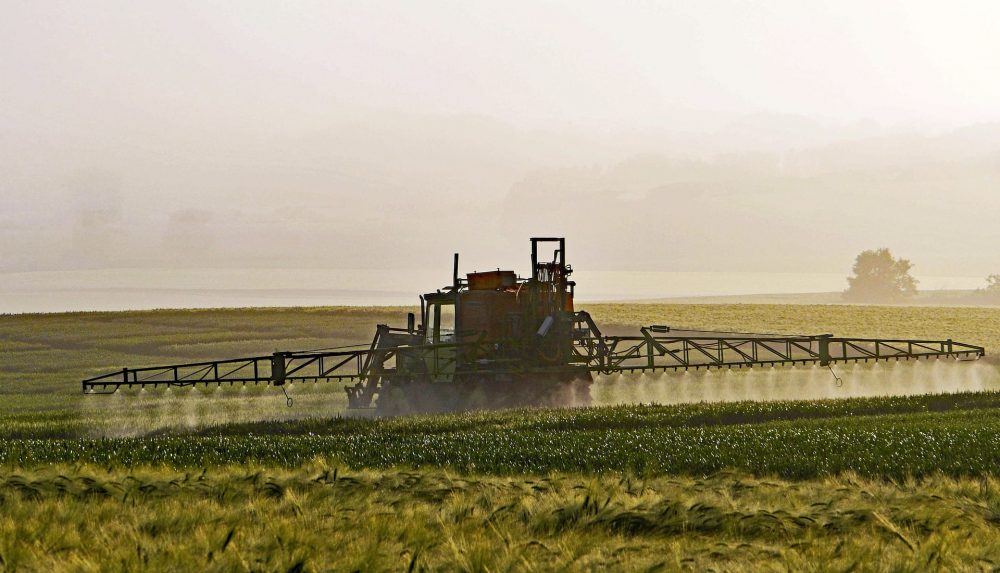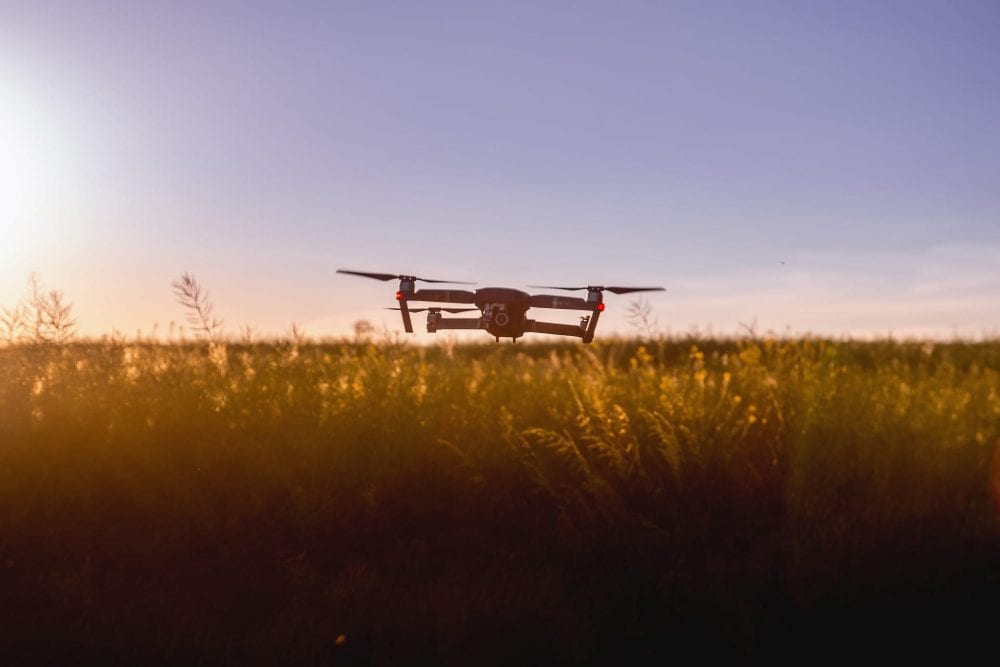No products in the cart.
Agriculture
How to face the drought in the field
We know that water is one of the basic elements for agriculture, regardless of production. Therefore, a period of drought or prolonged drought can be a real nightmare in the life of the rural producer. Although this is the reality of many people, some bet on innovations and talented resources to get around the drought period.
In Brazil, the drought affects mainly the Northeast region but is not restricted to it. Other Brazilian regions also suffer from the issue, as is the example of some strips in the Southwest.
The truth is that drought does not happen uniformly, but it may occur more in some years and less in others. When it occurs, it usually has serious consequences for production.
In 2016, the drought resulted in the loss of 50% of rural production in Bahia, also causing the death of 30,000 head of cattle. This is just to cite an example of its impacts.
Despite the frightening picture, some initiatives can help the farmer to better deal with this scenario. Next, follow our 5 special tips and find out how to face the dry season in the countryside:
Store rainwater to cope with the drought period
In this context, supply throughout the year becomes a real necessity. Developing efficient rainwater storage methods, for example, can be an interesting way out.
For that, there are some options. The sidewalk cistern and the flooded cistern are two good alternatives. These are two water storage containers that are usually buried or built on lower ground, leaving only a cover outside. Its compartments on floors also help in decanting the water, removing its impurities.
Underground dams and wells are also two alternatives to resolve the issue, reserving rainwater for use during the dry season.
Bet on adapted and resistant cultures
With the difficulty of collecting water in certain regions, some producers began to invest in planting areas, more resistant or tolerant to long periods of drought. Acerola, sorghum, umbu, and cashew are some examples that best adapt to these conditions.

With good production even in adverse circumstances, these plants guarantee a good harvest even when the drought is prolonged.
Promote crop rotation
Another way of circumventing the drought is the crop rotation scheme. Also, this is a sustainable strategy: it reduces soil erosion and increases production, helping the farmer to live better with periods of drought.
Through the alternation technique of planting different plants, we bet on the cultivation of diverse cultures in the same space and for a certain time. As the plants change areas each year, each group gets the benefits inherited from the new land.
Rotation is a smart way to better adapt each plant to the conditions presented by the system, promoting many gains for planting.
Practice no-till
With no-till, the rural producer does not plow or harrow in the plantation. On the contrary: the surface is left covered with vegetable residues of straw or live plants.
As the organic compost applied to the soil has a great capacity to retain water, this strategy greatly benefits plantations that undergo frequent periods of drought and drought. In regions of high temperatures, the rate of transpiration of vegetables and evaporation of water from the soil are very high. This can lead to the decomposition of the roots and even the death of essential microorganisms.
No-tillage can prevent excessive elevation of the soil temperature, minimizing evaporation, and helping microbial action.
Invest in new technologies and agricultural techniques
Many already use other forms of planting and even technological solutions to deal with drought and save water.

There are different ways to combine technology with healthier planting. Among them, we highlight:
Direct capture on the foot
It is also known as in situ capture. It involves plowing the soil in bands to form furrows. These furrows, arranged along the high and wide strips of land, make up the place where the plants are grown. With this technique, rainwater is captured and stored in the furrows, greatly reducing the need for irrigation.
Hydroponics
Through hydroponics, you can invest in crops without using the land. Normally used in planting vegetables, the system keeps the green suspended in a greenhouse and immersed in a nutrient solution diluted in just a few liters of water.
To give you an idea, each lettuce plant requires only 3 liters of water throughout its production cycle. In addition to savings, this water can still be reused. Hydroponics guarantees up to 85% savings in the end.
Precision agriculture
Finally, precision agriculture brings information technology to enhance agricultural production. In summary, several hardware and software systems are used with field machines to collect and analyze soil and climate data.
This alternative makes it possible to automate the production steps. The best planning of planting and application of sprayers and fertilizers is promoted, among many other activities.


